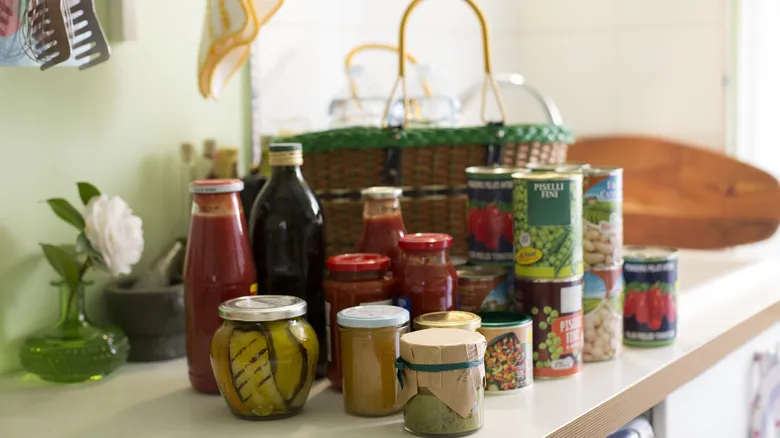How to properly store cream cheese

An unopened package of cream cheese can be used until its sell-by date, provided it has been consistently refrigerated. (The USDA advises that any perishable food left at room temperature for over two hours should be thrown away.) However, once you open the package, you have a two-week timeframe to use it. If you intend to soften the cream cheese at room temperature, remember to adhere to that two-hour limit.
To store cream cheese properly, ensure it is completely sealed before placing it in the fridge. Exposure to air can cause it to harden, compromising its quality more quickly. Most cream cheese is packaged in foil, which is fine, but you can enhance its protection by placing it in a sealable plastic bag or wrapping it in plastic wrap. Store it towards the back of the refrigerator, where it remains the coldest, rather than in the door. If your cream cheese is in a resealable plastic tub, there’s no need for extra protection as long as the lid is securely closed.
How to tell if cream cheese has gone bad

If you have an opened container of cream cheese and can't recall how long it's been in the fridge, there are several ways to determine if it's still safe to consume. Generally, most dairy products exhibit signs of spoilage through changes in color, an unpleasant odor, or the presence of mold. While mold is an obvious indicator, a shift from the cream cheese's typical white color to a yellowish tint also suggests it's no longer fresh. Cream cheese should have a mild scent; if it smells strongly sour, it's time to discard it. When in doubt, it's best to err on the side of caution and throw it away to prevent the risk of consuming harmful bacteria.
If you haven't used the cream cheese within two weeks, avoid freezing it, as not all dairy products freeze well, and cream cheese is one of them. To prevent waste, consider finding creative ways to use it up—mix it into a cheesy pasta sauce, spread it on toast with a sprinkle of cinnamon sugar, or incorporate it into scrambled eggs for a wonderfully creamy texture.
Recommended

Why You Should Never Store Open Bags Of Flour In Your Kitchen Pantry

The Essential Rules To Follow When Storing Canned Food

5 Canned Fruits You Actually Need In Your Pantry

Choose The Tastiest Pint Of Blueberries At The Store With A Few Simple Tips
Next up

